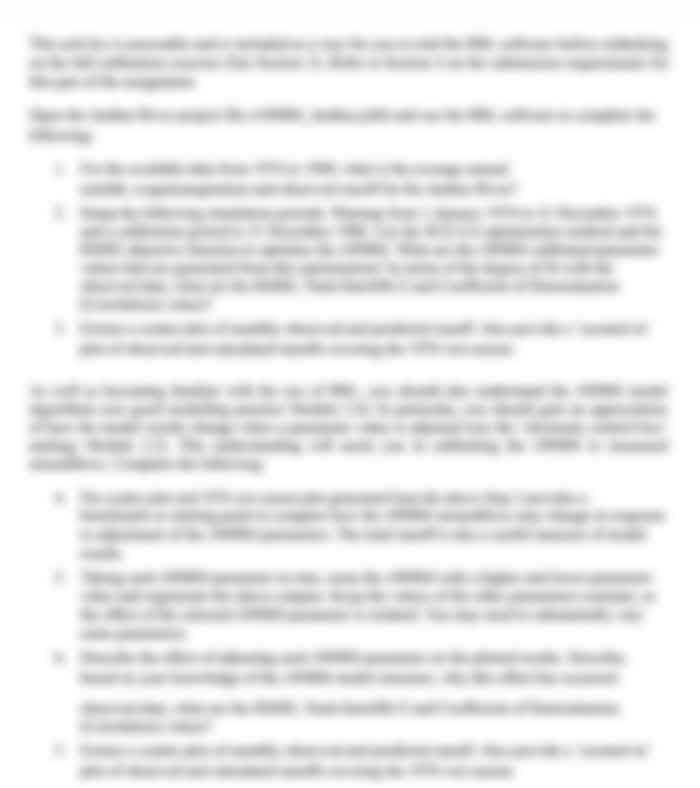Theory concept Submission
Theory concept Submission
Information about assignment (Required structure)
The purpose of this submission is to allow you to demonstrate that they have understood the key theories and concepts covered in relation to the assigned topic, that you can demonstrated your ability to analyse and synthesize the assigned literature and that you can develop a line of argument encompassing the assigned literature. The sources used for the Theory and Concept Submission are useful for the case study (Professional Services Firm Aspire). For this reason, the case study is a required feature of each Discussion Question.
The submission must have an Introduction, a Discussion Section, and a Conclusion Section. The Introduction Section of your submission should provide an overview of the topic and sources being reviewed, the main themes or issues covered in the submission, define any key concepts or terms used in the submission (sourced to the literature Readings week 3 to week 6), and introduce an overarching line of argument being presented in the submission. Note that each source you are required to review will have its own embedded line of argument advanced by the authors. The Discussion Section should address all assigned questions in a coherent manner (Questions 1 to 4 are written below). The Conclusion Section should draw the sources together and fully conclude the line of argument presented in the Introduction. It is in this section that synthesis and critique may be evident. In this section of the submission students should also explain the implications of the theory and concepts reviewed in relation to the case study (the professional services firm Aspire).
NOTE: The specific scholarly sources assigned for this submission are identified below. No other sources are to be used for these assignments other than documentation relating to your case study organization.
Week 3 Reading .pdf
Use this reading to answer question 1 Sutherland, M.M. Torricelli, D.G. and Karg, R.F. (2002) Employer of choice branding for knowledge workers, South African Journal of Business Management, 33(4), 13-29.
Week 4 Reading .pdf
Use this reading to answer question 2 Miles, S.J. and McCamey, R. (2018) The candidate experience: it is damaging your employer brand? Business Horizons, 61, 755-764.
Week 5 Reading.pdf
Use this reading to answer question 3 Sekiguchi, T. and Huber, V.L. (2011). The use of person-organization fit and person-job fit information in making selection decisions, Organizational Behaviour and Human Decision Processes, 116, 203- 216.
Week 6 reading .pdf
Use this reading to answer question 4 6 Wong, I.A. Wan, Y.K.P. and Gao J.H. (2017), How to attract and retain generational Y employees? An exploration of career choice and the meaning of work, Tourism Management Perspectives, 23, 140-150
The Questions for Discussion in relation to Theory Concept Submission are:
1. Sutherland, M.M. Torricelli, D.G. and Karg, R.F. (2002) review the research literature on the criteria to attract knowledge workers. What does this article tell us are some of the key factors that are relevant to attracting knowledgebased workers? Which of these factors may relate to the type of professionals that the professional services firm Aspire is trying to attract and why?
2. Miles, S.J. and McCamey, R. (2018) present a blueprint for a positive candidate experience when attracting, recruiting, and selecting talented employees. Describe and explain the main elements of this blueprint. Then explain how this model could be used by the professional services firm Aspire to improve the candidates experience when sourcing talent?
3. Sekiguchi, T. and Huber, V.L. (2011) examined the ways that person-organizationfit and person-job fit data influences decision-makers evaluation of job applicants. The study found that person-organization-fit data was weighted more heavily for permanent positions and person-job-fit data was weighted more heavily for fixed term and/or knowledge intensive positions. How could this information be used by those involved in selecting talented employees in the professional services firm Aspire?
4. What do we learn from the study by Wong, Wan, and Gao (2017) about what Generational Y employees are looking for in an employer? The authors suggest that HR managers could learn from this study and become better able to align their recruitment criteria and job specifications with what candidates and employees desire. How might the findings of this study motivate Aspire to gain a better understanding of what Generation Y employees are looking for in the type of auding and financial service jobs that Aspire is seeking to fill?
NOTE: The questions above 1 to 4 require reading to be completed, which are the individual pdf documents. In the table, it shows the required reading for the questions to be answered, for example: to understand and complete question 1, reading for week 3 must be completed as mentioned on the left side of the table. This forms the discussion section of the assessment.
Other requirements
Word limit: 1,900 to 2,000
123009433460100

